
The Black Pirate is a 1926 American silent action adventure film shot entirely in two-color Technicolor about an adventurer and a "company" of pirates. Directed by Albert Parker, it stars Douglas Fairbanks, Donald Crisp, Sam De Grasse, and Billie Dove. In 1993, The Black Pirate was included in the annual selection of 25 motion pictures to be added to the National Film Registry of the Library of Congress, being deemed "culturally, historically, or aesthetically significant."
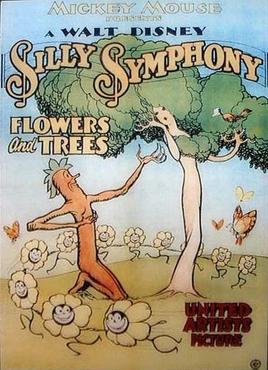
Flowers and Trees is a Silly Symphonies cartoon produced by Walt Disney, directed by Burt Gillett, and released to theatres by United Artists on July 30, 1932. It was the first commercially released film to be produced in the full-color three-strip Technicolor process after several years of two-color Technicolor films. The film was a commercial and critical success, winning the first Academy Award for Best Cartoon Short Subject.
An RG color model is a dichromatic color model represented by red and green primary colors. These can only reproduce only a fraction of the colors possible with a trichromatic color space, such as for human color vision.

Mystery of the Wax Museum is a 1933 American pre-Code mystery-horror film directed by Michael Curtiz and starring Lionel Atwill, Fay Wray, Glenda Farrell, and Frank McHugh. It was produced and released by Warner Bros. and filmed in two-color Technicolor; Doctor X and Mystery of the Wax Museum were the last two dramatic fiction films made using this process.
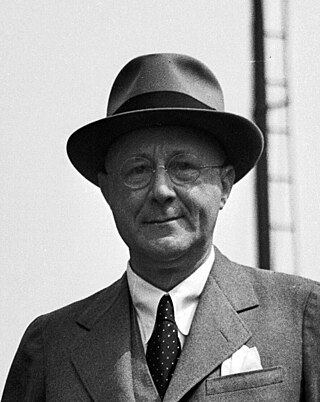
Herbert Thomas Kalmus was an American scientist and engineer who played a significant role in developing color motion picture film. Kalmus was the co-founder and president of the Technicolor Motion Picture Corporation.

Pauline Starke was an American silent-film actress.
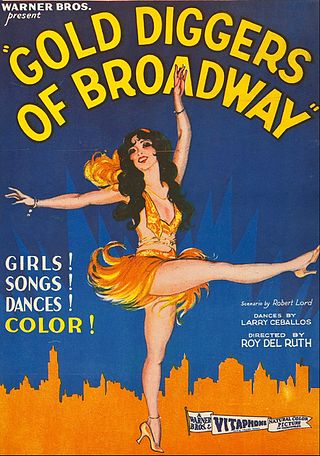
Gold Diggers of Broadway is a 1929 American pre-Code musical comedy film directed by Roy Del Ruth and starring Winnie Lightner and Nick Lucas. Distributed by Warner Bros., the film is the second all-talking, all-Technicolor feature-length film.

Natalie M. Kalmus was the executive head of the Technicolor art department and credited as the director or "color consultant" of all Technicolor films produced from 1934 to 1949.

The Mysterious Island is a 1929 American sound part-talkie science fiction film directed by Lucien Hubbard, based on Jules Verne's 1874 novel L'Île mystérieuse. The film was photographed largely in two-color Technicolor. In addition to sequences with audible dialogue or talking sequences, the film features a synchronized musical score and sound effects along with English intertitles. The sound was recorded via the Western Electric sound-on-film process. The film was released by Metro-Goldwyn-Mayer.

LeRoy Franklin Mason was an American film actor who worked primarily in Westerns in both the silent and sound film eras. Mason was born in Larimore, North Dakota, on July 2, 1903.

Joan the Woman is a 1916 American epic silent drama film directed by Cecil B. DeMille and starring Geraldine Farrar as Joan of Arc. The film premiered on Christmas Day in 1916. This was DeMille's first historical drama. The screenplay is based on Friedrich Schiller's 1801 play Die Jungfrau von Orleans. This film was considered to be the "first cinematic spectacle about Joan of Arc."
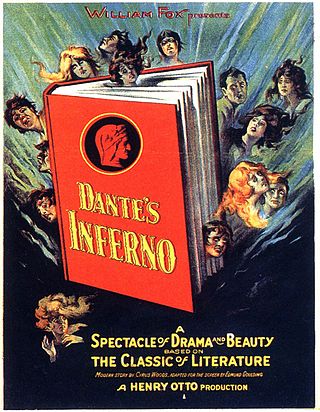
Dante's Inferno is a 1924 American silent drama film directed by Henry Otto that was released by Fox Film Corporation and adapted from Inferno, part of Dante Alighieri's epic poem Divine Comedy. The film mixes material from Dante's "Inferno" with plot points from Charles Dickens' A Christmas Carol. The book was filmed earlier in 1911 in Italy as L'Inferno, and Fox later remade the film in 1935, again as Dante's Inferno, starring Spencer Tracy in the lead role.

Bright Lights is a 1925 American silent romantic comedy film directed by Robert Z. Leonard. The film is based on the story "A Little Bit of Broadway" by Richard Connell, and stars Charles Ray, who achieved stardom by playing ingenious country boys.

Love's Blindness is a 1926 American silent drama film directed by John Francis Dillon. The film stars Pauline Starke, Antonio Moreno, and Lilyan Tashman. Written by Elinor Glyn, the film was produced under the direct supervision of the author.

The Fire Brigade is 1926 American silent drama film directed by William Nigh. The film stars May McAvoy and Charles Ray. The Fire Brigade originally contained sequences shot in two-color Technicolor. A print of the film is preserved in the Metro-Goldwyn-Mayer/United Artists archives.
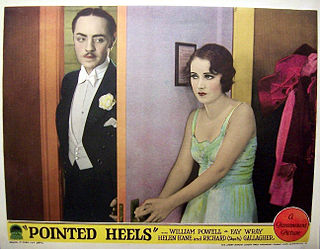
Pointed Heels is a 1929 American pre-Code early sound musical comedy film from Paramount Pictures that was directed by A. Edward Sutherland and starring William Powell, Helen Kane, Richard "Skeets" Gallagher, and Fay Wray. This film was originally filmed in color sequences by Technicolor, but today those color sequences only survive in black-and-white. One of these color sequences was the "Pointed Heels" ballet with Albertina Rasch and her Dancers.
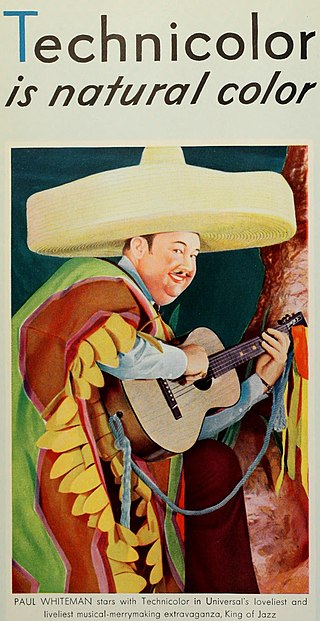
Technicolor is a series of color motion picture processes, the first version dating back to 1916, and followed by improved versions over several decades.
The Tartars/I Tartari is a 1961 Italian-Yugoslavian epic historical Technicolor film directed by Richard Thorpe and starring Victor Mature and Orson Welles. It is one of the sword-and-sandal genre films made in Italy in the 1950s and early 1960s.
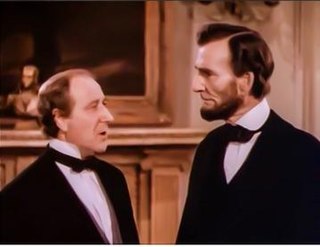
Lincoln in the White House is a 1939 American biographical short or historical "special" about United States President Abraham Lincoln, highlighting events during his first term of office, from his inaugural speech in 1861 to his delivery of the Gettysburg Address in 1863. Produced by Warner Bros. and directed by William C. McGann, the 21-minute Technicolor film stars Frank McGlynn Sr., a veteran actor who since 1915 had specialized in impersonating Lincoln on both stage and screen.
Manchu Love is a 1929 American pre-code Hollywood Metro-Goldwyn-Mayer short silent historical fiction film short in two-color Technicolor. The film features a cast entirely of people of Asian descent and stars Sojin as Su Shun and Etta Lee as Empress Tzu Hsi. It was the ninth film produced as part of Metro-Goldwyn-Mayer's "Great Events" series.

















